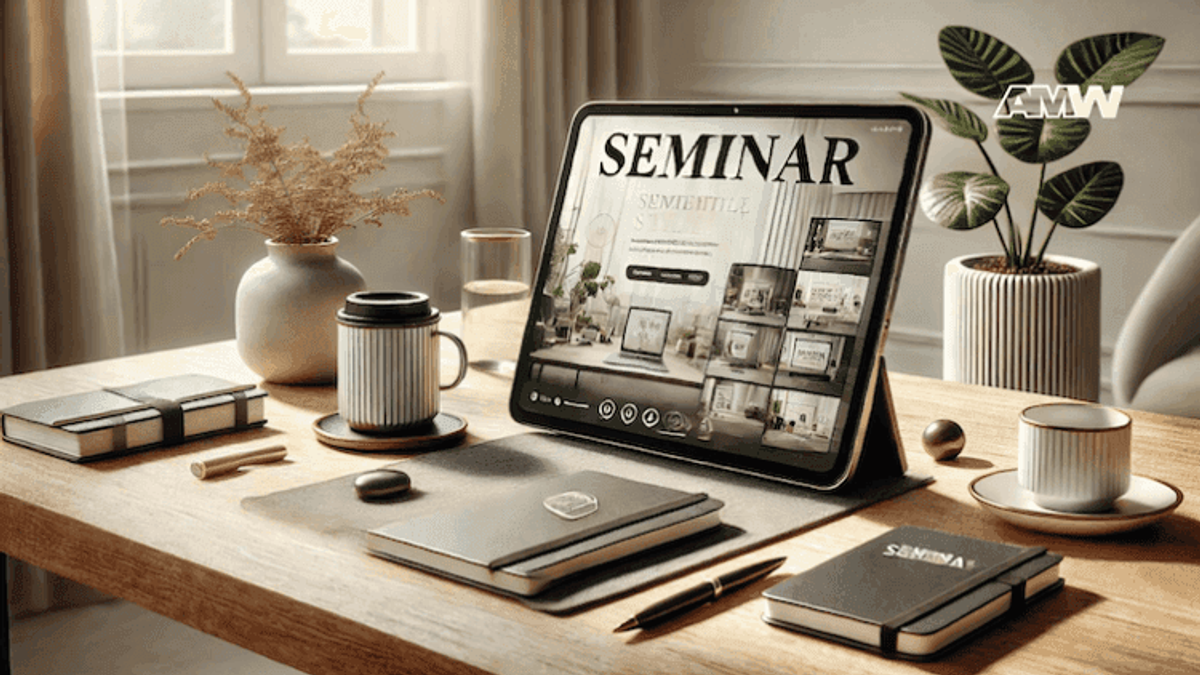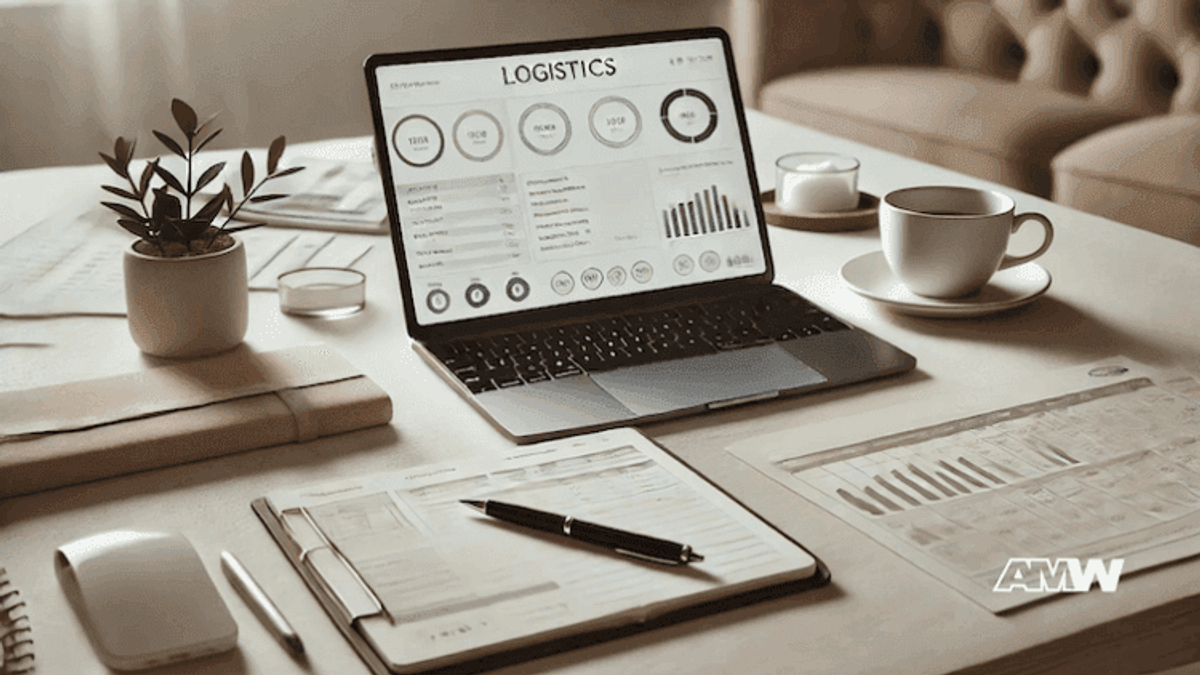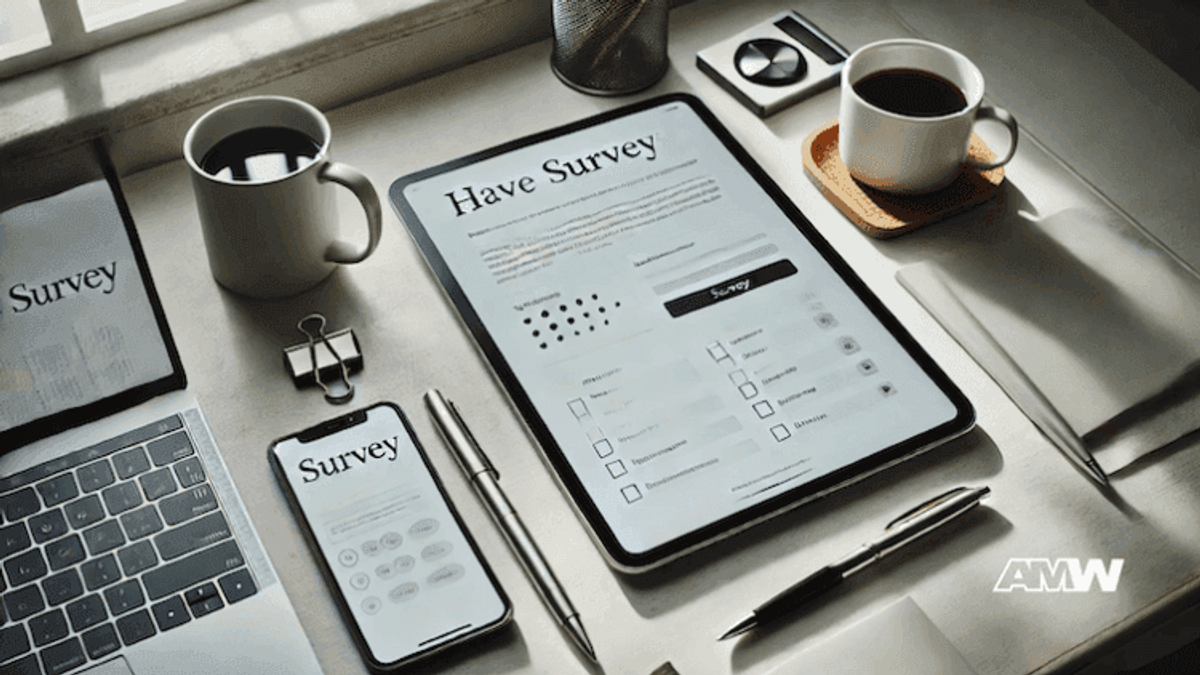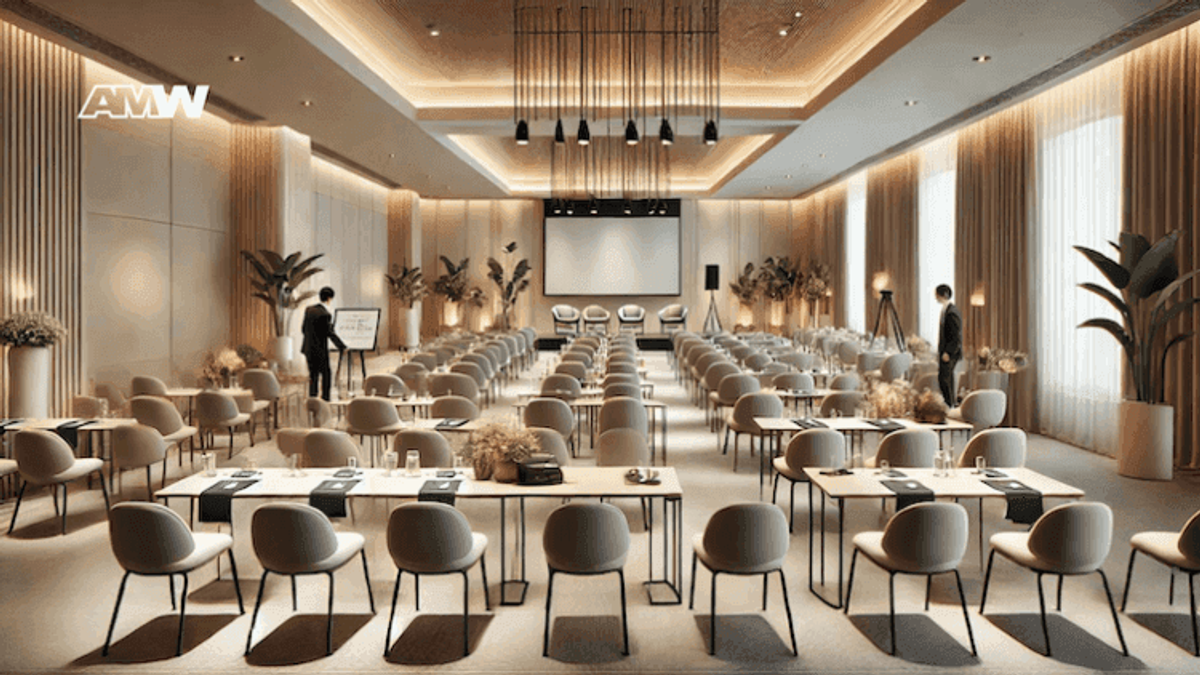10 Steps for Creating Seminars That Shine

Hosting seminars is key to advancing your career and growing your network.
Quick Summary
Hosting seminars is essential for advancing your career and creating valuable connections. A successful seminar hinges on having a great theme, engaging speakers, and a well-structured agenda. Incorporating technology enhances the attendee experience, while effective promotion ensures a relevant audience. Additionally, fostering networking opportunities, careful logistics planning, and gathering feedback contribute to lasting impact. Following up with attendees further reinforces connections, ul
A seminar not only shares knowledge but can build relationships and position your company as an expert in your industry.
These steps will guide you through the seminar planning process, helping you create a solid and effective plan.
Ready to Grow Your Business?
Get a free consultation and custom strategy tailored to your goals.
Whether you're starting from scratch or seeking to streamline your approach, these 10 steps provide a strong framework to get you started.
While there might be more things to think about based on what you need, this guide gives you a great place to start.
Step 1: Grab Attention with a Great Theme

A great theme is the foundation of any seminar. It sets the tone, attracts the right people, and provides a thread throughout the event.
When creating seminars, it's important to choose a theme that speaks to your audience and is current in your industry. Brainstorm themes that address problems, innovations, or emerging trends in your field.
Get your team together and brainstorm a list of themes then narrow it down to the most relevant and impactful.
For example, if you're running a seminar for marketing professionals, a theme like "Digital Marketing Trends: What's Next" could be really interesting.
A great theme not only grabs attention but also guides your content and speaker selection so your event is focused and effective.
Step 2: Get Your Dream Team of Speakers

Your speakers are key to your seminar's success.
Engaging speakers can capture your audience and add credibility to your event.
When planning a seminar, prioritize finding speakers who are experts in their field and skilled presenters. Look for people who can offer different perspectives and insights that fit your seminar theme.
Start the process early and reach out to potential speakers with a clear outline of your seminar plan, including the theme, objectives, and audience profile.
Highlight the benefits of speaking, such as networking opportunities and the chance to share their expertise with a targeted audience. Confirm their availability and make sure they're prepared to deliver valuable content to your seminar.
Step 3: Create a Compelling Agenda

A compelling agenda is key to keeping participants engaged throughout the seminar. Your agenda should be varied, balancing informative sessions with interactive elements.
When creating seminars, think about including different session types such as keynote speeches, panel discussions, and hands-on workshops.
First, jot down the topics and themes you want to cover, and then schedule time slots for each session. Make sure to schedule breaks for participants to network and recharge.
Interactive elements like Q&A sessions or small group discussions can really add to the participant experience by encouraging engagement and collaboration. A well structured agenda will make your seminar informative and enjoyable.
Step 4: Use Technology for a Smooth Experience

Using technology in your seminar event planning can really enhance the attendee experience. Use digital tools for registration, communication and engagement to streamline the planning process and increase efficiency.
Online registration platforms can make sign-up easier, and email marketing tools can keep participants informed and engaged pre-event.
During the seminar, interactive technology like live polling, Q&A platforms, and social media integration will be used to encourage participation and make sessions more interesting. Also, consider using a seminar management app to give attendees real-time updates, access to content, and networking opportunities.
Using technology effectively will give all participants a smooth and engaging experience.
Step 5: Create Great Content and Handouts

Great content and handouts are key to a successful seminar. These handouts provide valuable information and are a lasting resource for attendees.
Ready to Grow Your Business?
Get a free consultation and custom strategy tailored to your goals.
When creating a seminar, invest time in creating beautiful and informative handouts that match your sessions.
Make sure your content is well-designed, easy to read, and aligned with your seminar theme. Include key points, additional resources, and contact details for speakers and organizers.
Providing digital access to this content can also make it more useful by allowing participants to access it before, during, and after the event. Great content makes for a professional seminar.
Step 6: Promote Your Seminar

Promotion is key to getting the right audience to your seminar. When creating seminars, a well-thought-out marketing plan can make all the difference in attendance and engagement.
First, figure out who you're trying to reach and tweak your marketing messages to match their interests and needs. Try using different ways to market, like social media, email campaigns, and industry organizations.
Create promotional content like blog posts, videos, and infographics that show the benefits of attending your seminar.
Use your speakers' networks by asking them to share the event with their followers. Also, consider offering early bird discounts or group rates to encourage registrations. A good marketing plan will get your seminar in front of and to a big audience.
Step 7: Engage and Network

One of the main reasons people attend seminars is to network with peers and industry leaders.
To facilitate this networking, include interactive elements in your seminar plan. Scheduled networking breaks, breakout sessions, and social events like lunches or receptions.
Interactive elements like icebreakers, group exercises and Q&A sessions get participants talking to each other and the content. Consider using technology like event apps or social media groups to facilitate networking pre, during and post event.
By creating a collaborative and interactive environment, you'll add to the overall experience and value of your seminar.
Step 8: Plan the Logistics

Logistics are key to any seminar. A smooth logistics plan covers everything from venue setup to catering and AV requirements.
Start by choosing a venue that is convenient, accessible, and has the right facilities.
Coordinate all logistics well in advance, including seating, registration desks, signage, security, and technical requirements. Work with vendors to ensure equipment is delivered and set up on time.
Have a plan B for contingencies like technical failures or last-minute cancellations. A solid logistics plan makes sure your seminar goes off without a hitch, so you can fully focus on delivering awesome content.
Step 9: Get and Act on Feedback

Getting feedback from participants is crucial to measure the success of your seminar and find areas to improve.
Develop a feedback strategy that includes surveys, feedback forms, and one-on-ones with attendees.
Distribute these at the end of the seminar or shortly after to get immediate feedback.
Ready to Grow Your Business?
Get a free consultation and custom strategy tailored to your goals.
Review the feedback to get insights into what worked and what didn't. Look for common themes and specific suggestions. Use this to improve your approach for future seminars.
Acting on feedback shows you are committed to continuous improvement and will improve the quality of your events over time.
Step 10: Follow Up and Stay in Touch

The end of your seminar is just the start of ongoing engagement with your attendees.
Follow-up is key to keeping the connections and momentum going. Send personalized thank you emails to attendees, thanking them for coming and providing access to seminar content and recordings.
Send extra resources like articles, videos, or upcoming events to keep the conversation going. Ask attendees to join online forums or social media groups where they can continue to discuss and network with peers.
By staying in touch, you'll reinforce the value of your seminar and build a community of interested and engaged people.
Conclusion

Creating seminars that shine requires meticulous planning, creativity, and a focus on delivering value to your audience.
These ten steps—from creating an engaging theme to sustaining post-event connections—provide a solid foundation for organizing a successful seminar.
While each step is crucial in shaping an informative, engaging, and memorable event, keep in mind that additional actions may be necessary to address specific challenges and ensure your seminar's success.
With careful attention to detail and a commitment to excellence, your seminar can leave a lasting impression and drive meaningful outcomes for your organization and participants.
FAQ

How far in advance should I start planning my seminar?
For seminars, it's important to start planning as early as possible, preferably 6-12 months or longer in advance, to ensure that venues and speakers can be booked.
What are some effective ways to promote my seminar?
Utilize social media, email marketing, partnerships with industry organizations, and engaging promotional content.
How can I ensure my seminar is interactive and engaging?
Incorporate various session types, use interactive technology, and plan networking activities and group exercises.
What should I include in my seminar handouts?
Include key information, supplementary resources, and contact details for speakers and organizers.
What's the best way to gather feedback from participants?
Use post-seminar surveys, feedback forms, and direct conversations to gather comprehensive insights.
How can I keep participants engaged after the seminar?
Send follow-up emails with additional resources, create online forums, and maintain active social media groups for continued discussion.
What role does technology play in seminar planning and execution?
Technology can streamline registration, enhance engagement through interactive tools, and facilitate smooth logistical coordination.
How do I choose the right speakers for my seminar?
Select speakers based on their expertise, presentation skills, and relevance to the seminar theme.
What are some creative themes for seminars?
Themes could revolve around current industry trends, innovative practices, or emerging technologies tailored to your audience's interests.

Ready to Grow Your Business?
Get a free consultation and custom strategy tailored to your goals.
Related Articles

Mastering Event Planning: Key Strategies for Unforgettable Conferences and Seminars
The world of event planning can be an arena where creativity meets logistical precision. When it comes to organizing successful conferences and seminars, it's about more than just filling a room w

10 Steps on How to Develop a Marketing Plan for Your Next Event
Events are a mix of fun and challenges. Whether it's a corporate seminar, product launch, or a big celebration, the key to a successful event is in the planning and execution.

Elevate Your Events in 2026: The Ultimate Event Strategy Guide
As we embrace 2025, the events industry thrives on innovation and adaptability. In this era, the role of an event organizer transcends traditional boundaries, morphing into a blend of artistry and ana